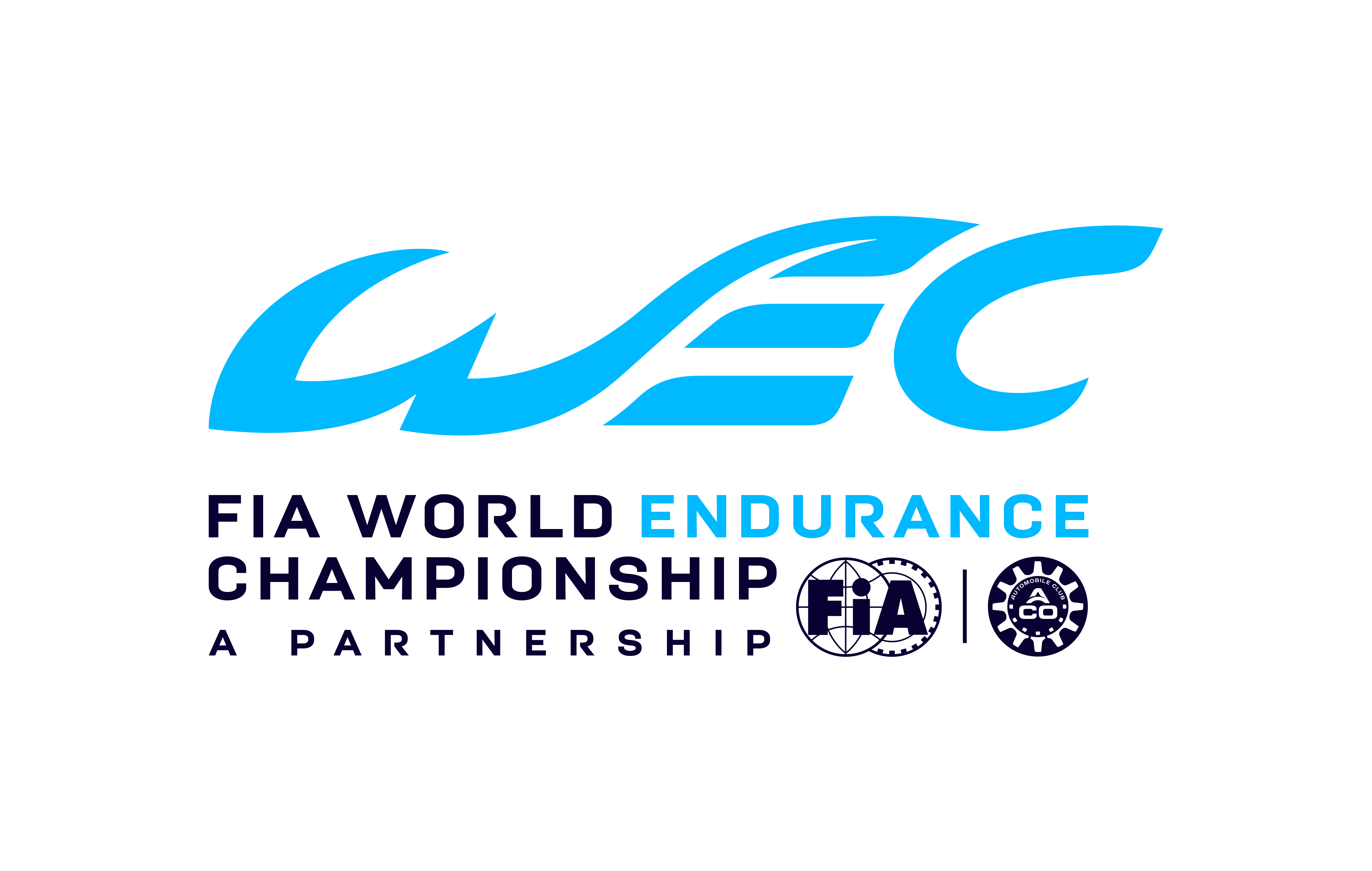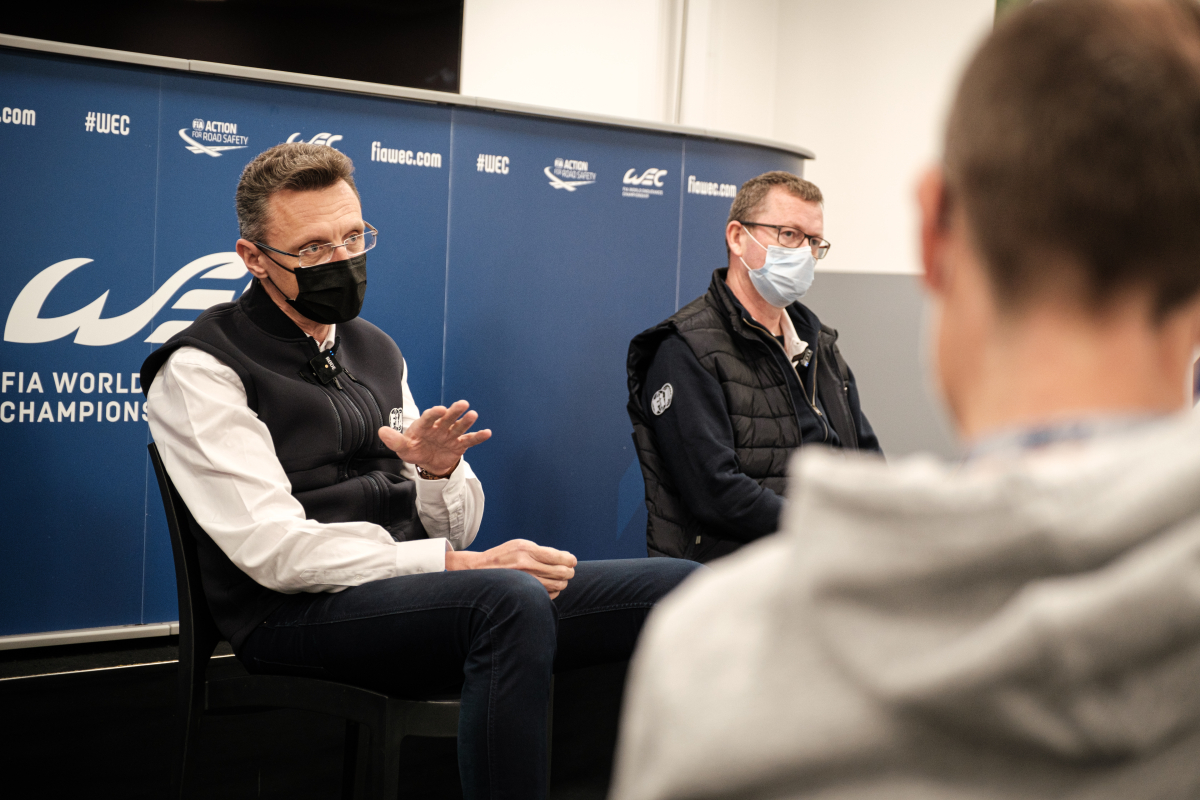
Below is a summary of a Q&A session with Thierry Bouvet, the ACO’s Director of Competition and Marek Nawarecki, Director of Sport and Touring Cars from the FIA following the Prologue - the official FIA WEC pre-season test – which was staged at Spa.

Can you summarise the Prologue from a technical point of view?
“First of all, the Prologue is a general test for everyone before the first event of the year. For us, we use it to set up all our systems and to gather data. It went to plan and allows us to do our due diligence – like every other test session.”
Will there be any changes to the Balance of Performance (BoP)?
“Not at this point. The first order performance parameters for Hypercar will be unchanged. We will release a bulletin today and there will be some slight amendments but this is not physical changes to the BoP because we will keep the cars running to the same specification they were during the test. The BoP is focused to equalise levels of performance factors amongst the different types of cars – that is the goal. According to what has been monitored at this stage, we are close to the initial objective. Of course, that doesn’t always mean that the result will be as expected as you have to add race events into the equation.”
Can LMP2 teams be confident that their performance window will not be changed again?
“The plan is to have stability for LMP2 from now on. We had to make a change before Spa as everyone knows but the idea is to stay on this road and to stop moving things around. More stable regulations will make it easier for the teams to adapt. This is our goal.”
Is the pace of the LMP2s what you expected?
“The changes to LMP2 seem huge but, in actual fact, if you compare lap times then you see how close the speed traces are. The Le Mans aero kit is compensating for the 50kw reduction in power so the top speed is almost identical – ambient dependent, of course. Tyres, however, are complex but we have a unique tyre manufacturer with Goodyear and we work closely together. The development process took a bit longer than expected but that was something out of everyone’s control [COVID-19]. We are happy with where we are now.”
Are you surprised by any of the data from the Prologue?
“No, not currently. It must be noted that teams can have different strategies for testing purposes - this could demonstrate what we have seen over the past couple of days. Testing doesn’t always give the best representation of how things will look in the race.”
What response will there be from the governing bodies from race to race?
“The Hypercar category is new, and we have a completely new approach. Now we are going to see the cars on track racing for the first time. We will gather that data, analyse it and then make the appropriate answers following that. Regarding the BoP methodology itself, we have to rely on very objective parameters before we make any conclusions. This is why it’s so important to keep gathering as much data as possible in the meantime. BoP is a continuous process - it relies on specific and physical measurements we can observe with all the equipment and sensors that we have to our disposal.”
What does your work programme look like after Spa?
“There is a whole process which we will go through having gathered all the data, which is technically interesting that we will analyse. We have a starting point for BoP and the result of what is seen on the track but there are plenty of other factors dictating performance such as car operation, so we will go through that process following Spa. It will also be the first chance for us to analyse everything from a sporting point of view, such as the interactions between the different cars and safety aspects.”
Finally, how will you manage the introduction of new manufacturers in the Hypercar category and their different specifications (two-wheel-drive and four-wheel drive)?
“It’s really interesting from an engineering point. We have a working group with the manufacturers and everyone is working to the same goal. At the end of the day, we want everyone to have the same chance of winning on the track – that’s the clear target. We have still not finalised the situation, but the progress is ongoing. This isn’t the first time we’ve had a mix of two-wheel-drive and four-wheel-drive categories in endurance and ultimately we need everyone to be in the same performance window but still make room for racing. This is very important.”